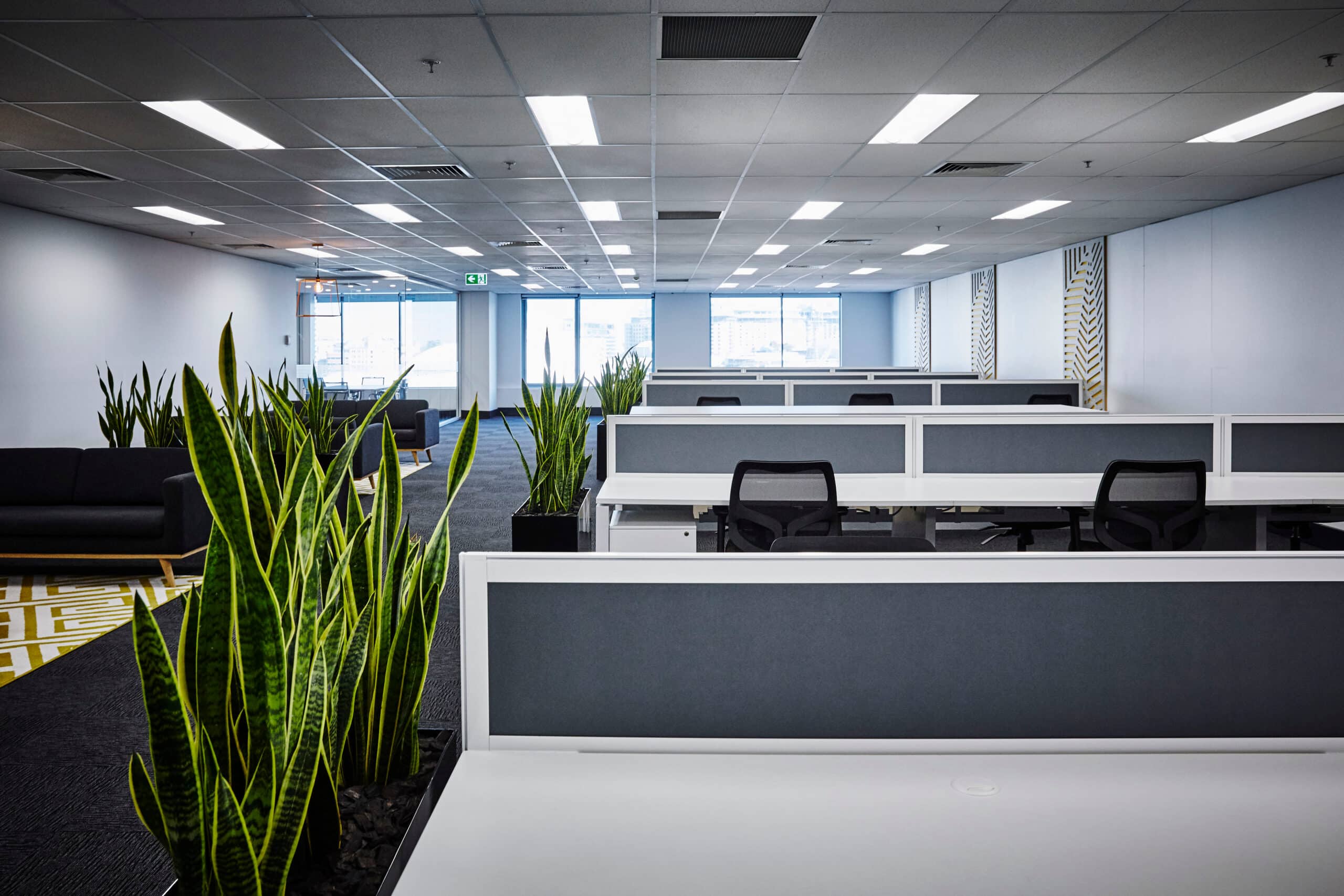Facility managers who want their facilities to lead the pack in terms of innovation, sustainability, and a reduced environmental footprint are embracing LEED (leadership in energy and environmental design) principles and best practices. More than just a catchy, fleeting acronym, the LEED initiative is the most popular green building certification in the world.
“Is LEED Applicable to My Building?”
LEED is applicable to any building, anywhere! From 100-plus-year-old historical office buildings; to decades-old hospitals; to sleek and sophisticated data centers that are still in the design phase, to universities seeking to certify multiple buildings there is an applicable LEED protocol, regardless of building(s) age, size, or purpose.
What Does LEED Require Facility Managers to Do?
Facility managers seeking lead certification pursue credits for their projects. These credits earn points. Prerequisites and credits vary according to the rating system used for a particular building (facilities managers choose the rating system that best fits their project.) Each LEED rating system groups requirements that address the unique needs of different building and project types.
Choosing a LEED rating system to use is a somewhat involved process (although the U.S. Green Building Council’s Rating System Selection Guide provides in-depth and easy-to-follow instructions. Essentially, project managers must choose a rating system based on construction type, and then space-usage type. Often, several rating systems may be appropriate. In that case, project managers are instructed to choose a rating system that is relevant to at least 60% of a building’s square footage.
Once a project manager has identified the appropriate LEED rating system, he’ll consult the corresponding certification guide for step-by-step details about what is required to achieve certification. Next, he’ll decide which credits to pursue to accrue points. The more credits that are earned, the better! Every LEED project is also required to achieve prerequisites — green building standards each project must meet.
After the project team completes the process, the project is awarded a certification level based on how many points it has accumulated:
- LEED Certified (40-49 points earned)
- LEED Silver (50-59 points earned)
- LEED Gold (60-79 points earned)
- LEED Platinum 80-plus points earned)
The more dedicated a facility manager is to supporting public health and the environment, the more distinguished the building’s final LEED certification rating will be.
Why Should Facility Managers Follow LEED?
When your building is LEED certified, everyone knows that it incorporates the world’s best-in-class building strategies and practices. In other words, it’s tangible proof that you and your organization are committed to do what it takes to achieve the very best. It’s reflective of your company culture.
A LEED-certified building complements the immediate environment, earning the respect and appreciation of neighbors. A LEED-certified building is healthier for occupants, employers, visitors, and the environment. All of the systems within a LEED-certified building are highly efficient, which reduces operating and maintenance costs. LEED certification helps to attract new tenants and employers and retain existing tenants and employers. LEED represents the best of the best. While there is an investment of time, money, and effort to achieve certification, the return on those investments is exponentially higher.







